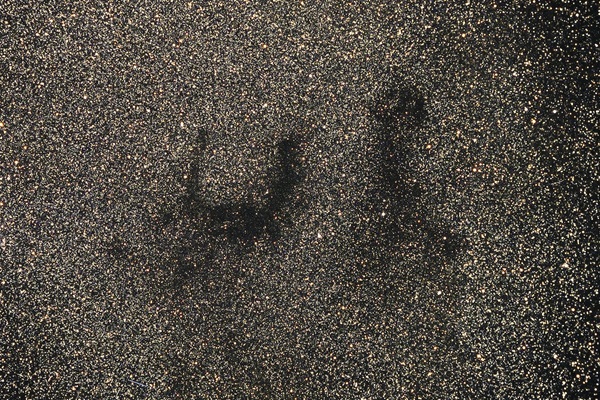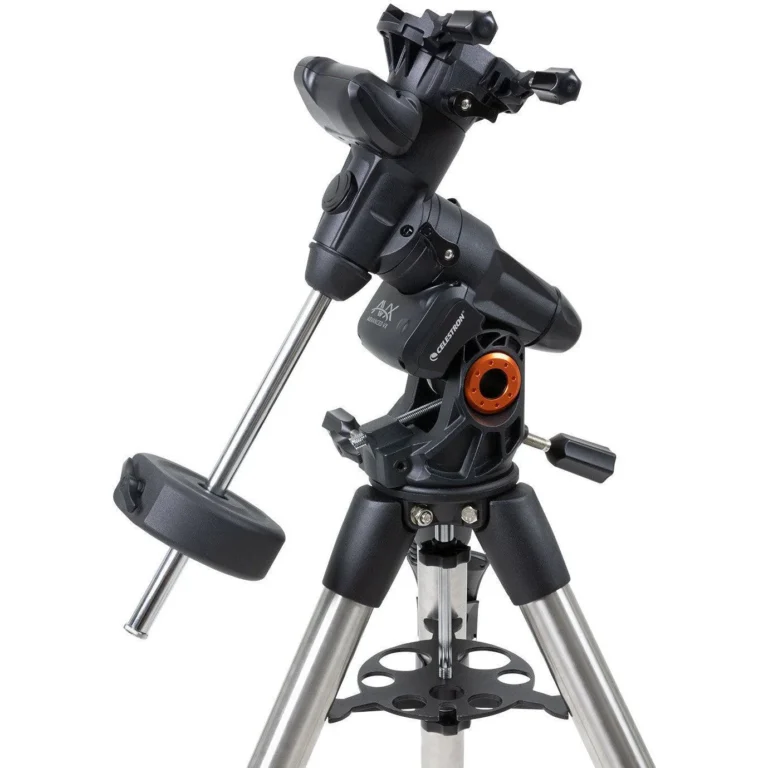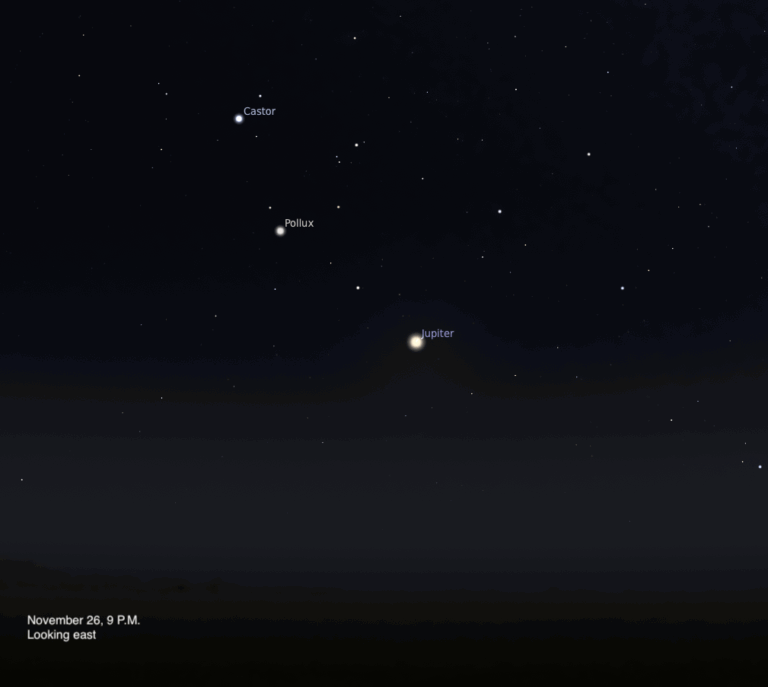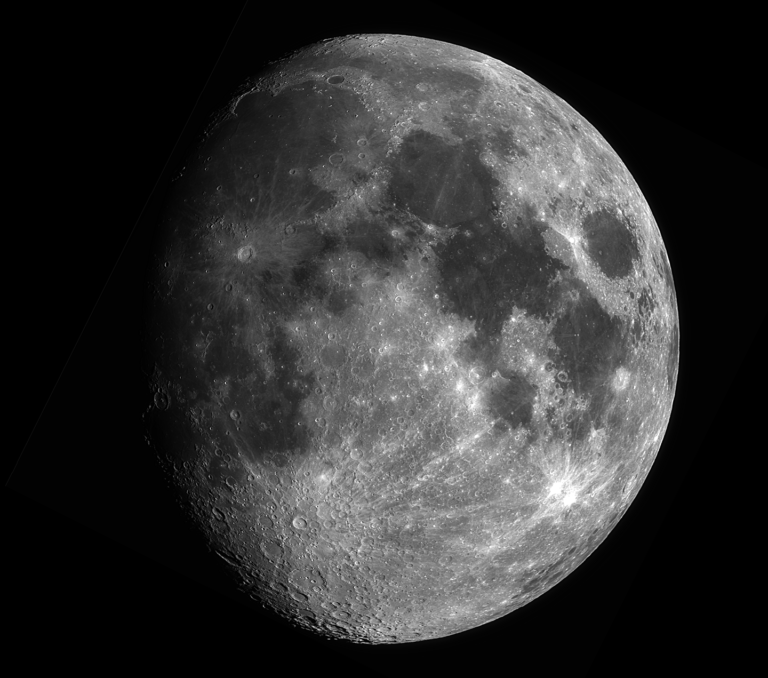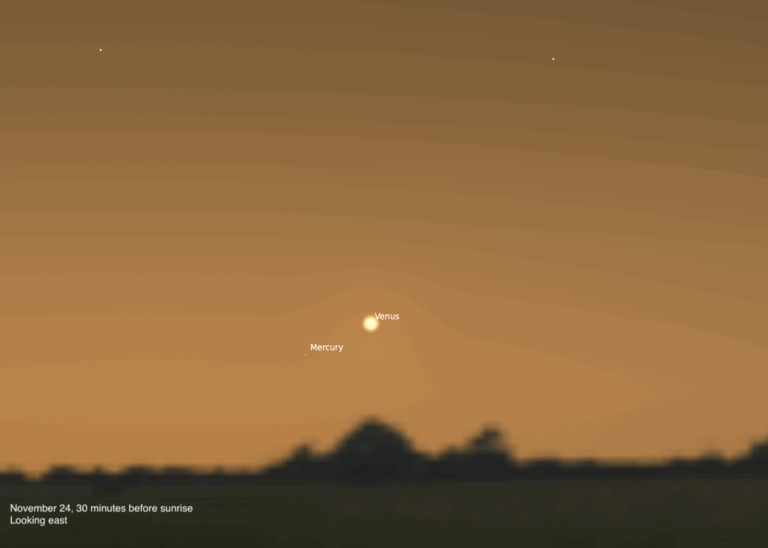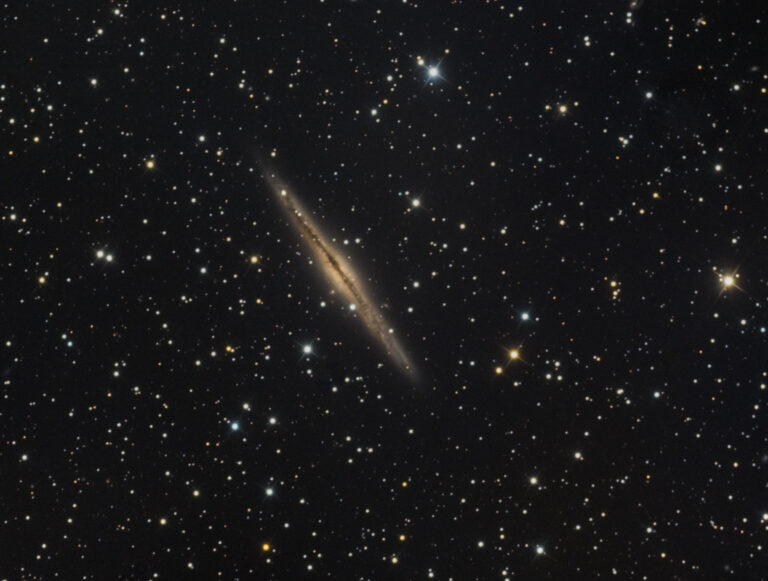Key Takeaways:
Barnard’s E has to be one of amateur astronomers’ all-time favorite binocular objects. This combination of two dark nebulae (Barnard 142 and Barnard 143) comes from American astronomer Edward Emerson Barnard’s catalog of such objects.
The E lies against the rich Milky Way in Aquila. Start at yellow-hued magnitude 2.7 Tarazed (Gamma [Γ] Aquilae). If you center Tarazed, you shouldn’t have to move your binoculars at all. Barnard’s E lies 1.6° west-northwest of the star.
Barnard 143 (often designated B143) is the easiest of the two to spot. Its most visible part is a narrow bar about 15′ long, which stretches east to west. A second dark bar of the same length connects at its east end and heads northward. The end of that bar is the start of a third one, which parallels B143. The combination of these three bars forms a U-shape whose open end points to the west.
Just to the south of B143 lies Barnard 142 (B142), which also parallels its northern counterpart. This dark bar isn’t quite as distinct as B143, making it more difficult to see.
Astronomers classify the clouds that form Barnard’s E as dark nebulae. These objects, which will become future star-forming regions, are composed of dust and cold gas. Really cold gas: The temperature of the hydrogen in dark nebulae is always within about 10 degrees of absolute zero. If it were warmer than that, the atoms within the cloud would be moving too fast to merge together when they collide, and stars would never form.
Dark nebulae give off no light of their own and they don’t reflect light from nearby stars. The only way we see them is if they lie in front of bright backgrounds. Barnard’s E lies closer to us than the Milky Way behind it. If you view it through binoculars from a dark site, you’ll see it silhouetted before many tens of thousands of unresolveable stars.
Make sure to explore Astronomy‘s full list of 101 cosmic objects you must see. New entries will be added each week throughout 2022.

